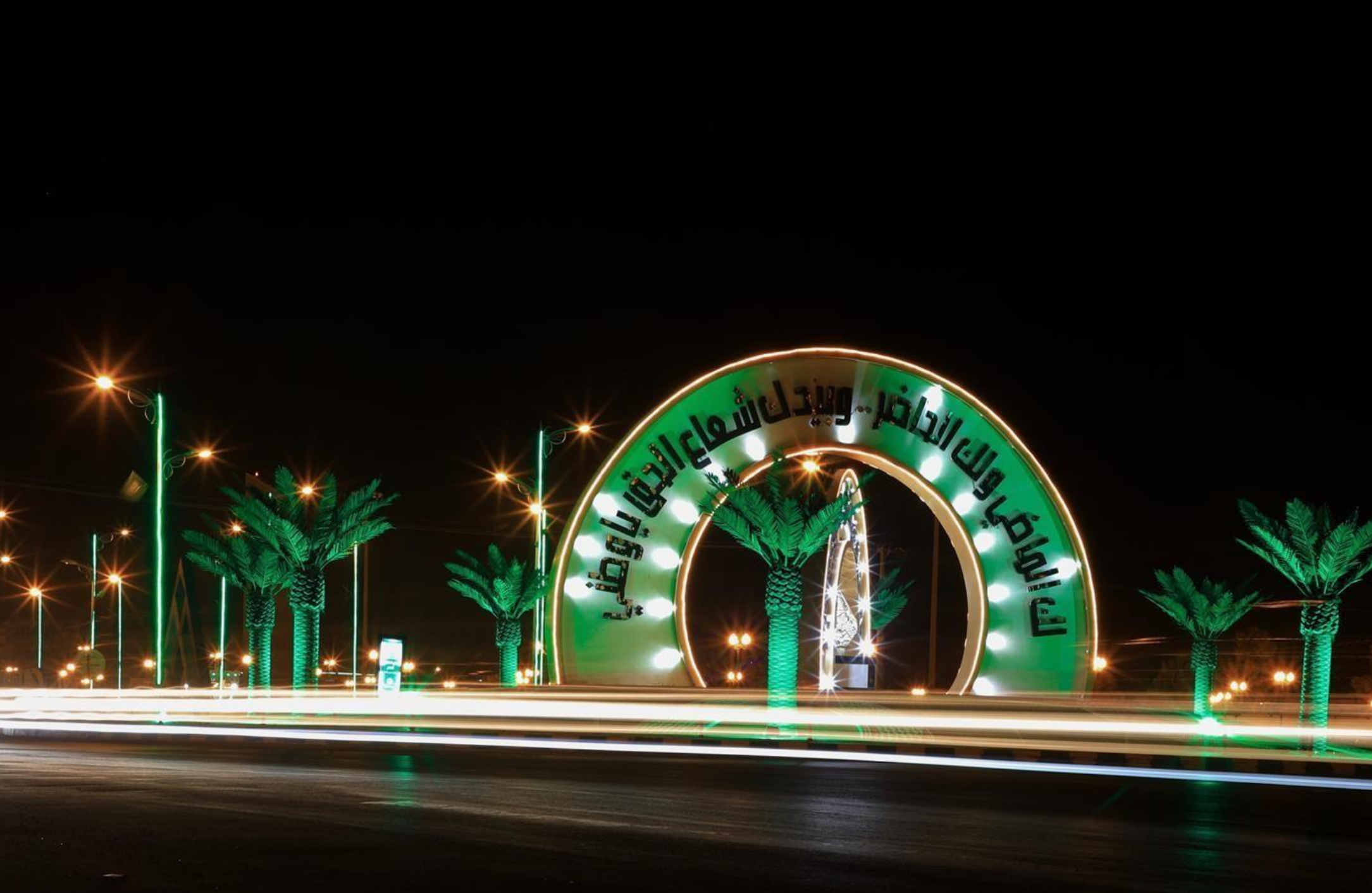
Turaif: Historical, Cultural Mosaic Tracing Back to Pre-Islamic Eras
Located in Northern Borders Region, Turaif Governorate stands as a crossroads of ancient civilizations and historical events, serving as a gateway to Iraq and the Levant. The governorate is home to a range of culturally and historically rich heritage sites, many of which date back to pre-Islamic times.
Among the most prominent heritage landmarks is the archaeological site of Qasr Duqrah, situated 40 kilometers southwest of the governorate. Adjacent to it lies a mountain known as “Aqran,” also referred to as Duqrah Mount, which has been recorded under the Comprehensive Archaeological Survey Program.
Saudi Historical Society member Zahi Al-Khalawi stressed that the site known as “Duqrah” is among the Kingdom’s most significant archaeological locations, given the discovery of material evidence indicating human settlement since the Stone Age. He noted that habitation at the site continued through the later Roman period (2nd to 6th centuries CE) and persisted into the Umayyad era.
Another landmark is the Trans-Arabian Pipeline (Tapline), one of Saudi Arabia’s most significant industrial heritage sites. The pipeline stretches from the east of the Kingdom to its north, passing through Turaif, and has been registered in the National Industrial Heritage Register. It is the first officially documented industrial heritage site in the Kingdom, representing the early stages of Saudi Arabia’s oil industry and its developmental and economic significance.
Also noteworthy is the site of Qaru Turaif, a water source developed by the Tapline Company in the 1950s to help settle nomadic communities by order of the late King Abdulaziz bin Abdulrahman Al-Faisal Al Saud. The site has been listed as part of the governorate’s cultural heritage.
To the east of Turaif, about 25 kilometers away, stands Jabal Umm Waal, a historic landmark and northern gateway into the Arabian Peninsula. The mountain tells the stories of Bedouin life and the passage of trade caravans and pilgrims traveling from the Levant and Iraq. For centuries, it served as a safe route for travelers making their way southward.








